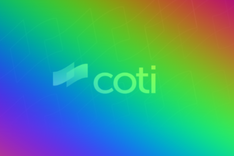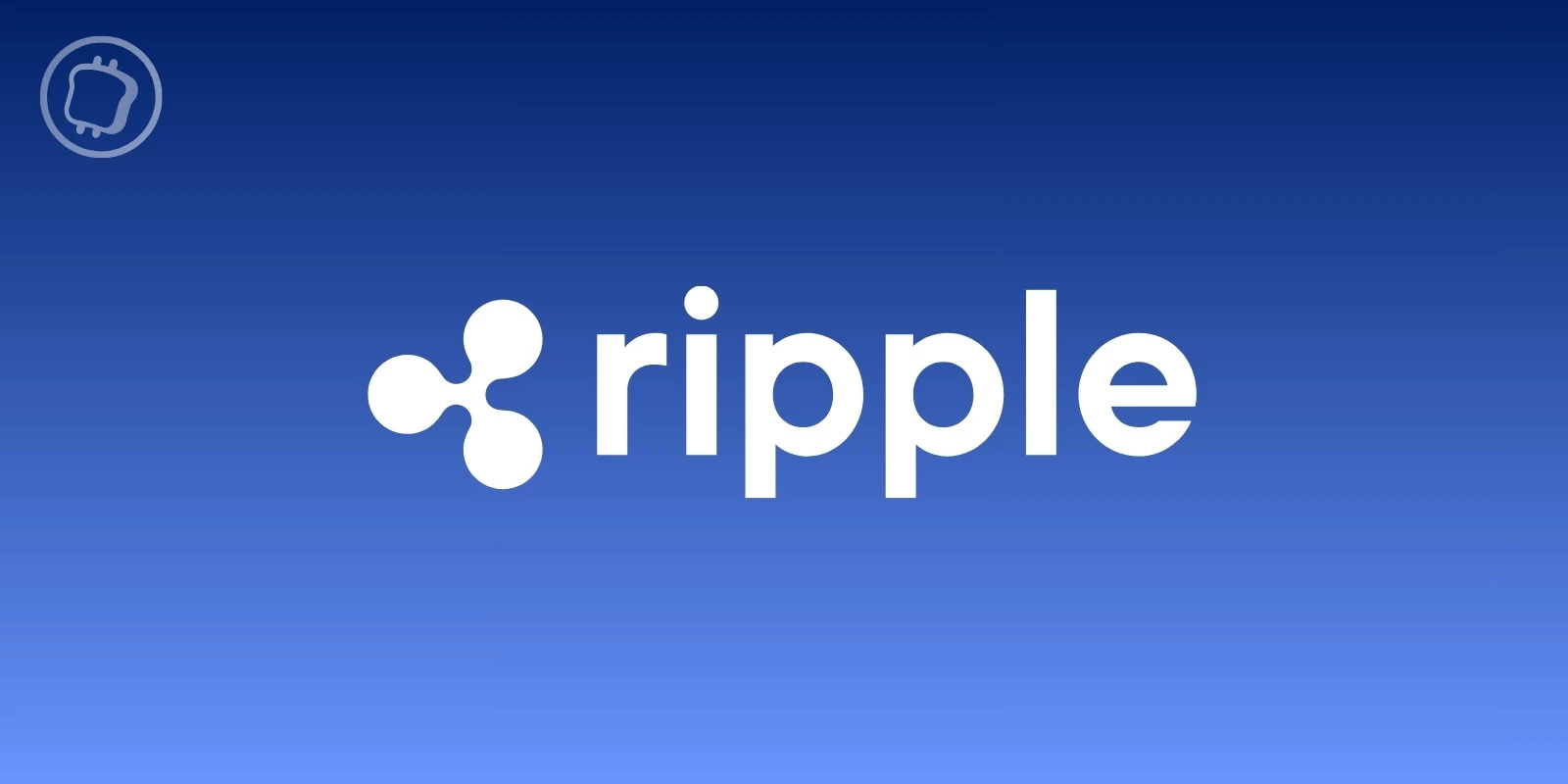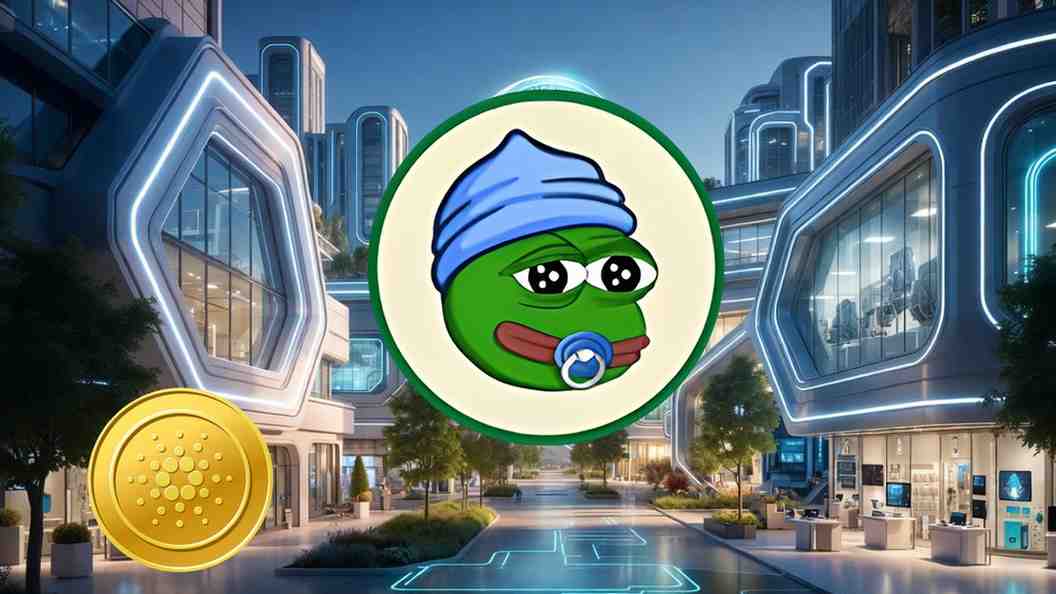What is Cardano?
What is Cardano? In the world of cryptocurrencies and blockchain, we are seeing numerous innovations and developments. One such innovative new network is the Cardano Network. Its founders aim for it to be the “The Internet” for blockchains. So...

What is Cardano?
In the world of cryptocurrencies and blockchain, we are seeing numerous innovations and developments. One such innovative new network is the Cardano Network. Its founders aim for it to be the “The Internet” for blockchains. So what exactly is Cardano? And what makes it different from other cryptos like Bitcoin and Ethereum? In this article, I’ll be going through the main features of this innovative project that could one day usurp the big boys.
Cardano is a decentralized blockchain network, but unlike other blockchains, it’s quite unique. It is the first peer-reviewed blockchain in the world. This means that instead of just publishing a white paper like other networks, Cardano’s papers are all reviewed by experts from around the world, who read them, improve them and agree with the outcome. In addition to this, a whole network of academics, and scientists from universities around the world including the University of Edinburgh, and Tokyo Institute of Technology review all their protocols before they are released.
The cryptocurrency used by the network is named ADA. It is named after 19th-century mathematician Ada Lovelace. She is widely believed to be the very first computer programmer.
Who Made Cardano?
The Cardano project began back in 2015. It has been developed by a company known as Input-Output Hong Kong (IOHK). The main man behind Cardano is the co-founder of both Bitshares and Ethereum, Charles Hoskinson. In 2017 the Cardano team managed to raise $63 million from its ICO (Initial Coin Offering). However today it has reached a market cap of over $36 billion. Charles Hoskinson wanted Cardano to be the most decentralized blockchain in the world. Therefore even the governance model for it was designed to be managed by different stakeholders so that its governance doesn’t get centralized within a single organization. Cardano’s approach to this is quite democratic, which is shown through the fact that the whole network is managed by multiple organizations.
There are a total of 3 organizations responsible for managing the Cardano network. These include IOHK which made Cardano and designed the proof-of-stake algorithm. Emurgo is responsible for encouraging other companies to use Cardano. While The Cardano Foundation is a non-profit organization based in Switzerland. It supervises the development of the blockchain. 
Consensus Algorithm
Unlike traditional cryptocurrencies like Ethereum, which use proof-of-work algorithms. Cardano employs the use of a proof-of-stake algorithm called Ouroboros. Basically, how this works is that instead of letting all the nodes mine, a select few nodes are chosen randomly and are called slot leaders. Then the time is divided into epochs, which are further sub-divided into slots. A slot is a short period of time in which one block can be created. Finally, each slot is assigned to a slot leader, who becomes the only person able to mine from that slot. The slot leader then validates the transactions that take place on the network.
Thus earning ADA in the process. This whole system makes the Cardano network highly scalable. As the number of slots per epoch can be increased, while parallel epochs can also be run at the same time. The Ouroboros solve a critical problem in the overall usage of blockchain. It vastly improves the scalability of Cardano, and a similar initiative will take place with Ethereum, as they move from a proof-of-work to a proof-of-stake algorithm.
Third Generation Blockchain
According to Charles Hoskinson, Cardano is a third-generation blockchain. While Bitcoin and Ethereum are first and second-generation respectively. Bitcoin was and is still used primarily as means of sending, receiving, or storing payments. It was the first-generation. While Ethereum introduced smart contracts and became the second-generation. According to Cardano’s team, it is the third-generation blockchain. Cardano aims to solve three main problems that are currently facing the blockchain world. These are Scalability, Interoperability, and Sustainability. Cardano’s Ouroboros aims to solve the problem of scalability. Its proof-of-stake consensus algorithm makes it much more efficient than other blockchains.
Unlike proof-of-work algorithms where everyone can mine new blocks, the network selects a small number of miners to mint a new block. This makes the whole process a lot more efficient. Furthermore, several Epochs can run simultaneously, which massively improves the scalability. The Cardano network aims to become the “Internet of Blockchains.” This will solve the problem of interoperability, as it will become a blockchain that can interact with other networks. This will allow people to move their assets across multiple blockchains, without an intermediary. The issue of interoperability also lies in the form of government regulations on crypto.
Most traditional banks tend to stay away from crypto because of the lack of metadata associated with the transactions. Cardano aims to solve this issue by allowing people to attach their metadata to their transactions. Finally, the issue of sustainability is one that haunts even the most established blockchain networks. Usually, blockchain networks raise money through an ICO (Initial Coin Offering). So what happens when this money runs out?
And how does the network continue to function? Cardano aims to solve this problem by establishing a treasury fund. A small fraction from every transaction on the network goes into this treasury fund. This treasury fund will not be in the hands of any individual, rather it will be managed by the community. Whenever a developer wants to make a change to the existing protocol they will submit a proposal to the community. The community will then take a vote and decide to release the funds required for the development.

The Cardano blockchain functions quite innovatively. To understand how it works, It can be split into two different layers. Settlement Layer: This layer allows the users to make transactions on the network. Basically, you can use it to send or receive ADA, from wallet to wallet. Computation Layer: The computational layer is still in development. When completed, it will allow users to create and enter into smart contracts. Most of the other blockchains have a single layer, therefore this multilayered approach makes Cardano unique. The most amazing thing about the computational layer is that it will incredibly adaptable. As many countries have their own laws and regulations, therefore it’ll be able to change according to the end-user.
Roadmap
The Cardano network has summarized its development into 5 distinct and specific eras. This is known as the Cardano Roadmap, where each era defines a set of objectives that are to be achieved. All of these 5 eras are named after real-world personalities, and are briefly explained below;

Byron
The Byron Era began with the first introduction of Cardano to the world in the September of 2017. Initially, users could buy and sell the ADA cryptocurrency on a federated network. The revolutionary Ouroboros was also developed during this era. Daedalus, the official wallet by IOHK was launched during this time, along with Yoroi, which is a light wallet developed by its sister company Emurgo. The Byron Era saw the first major technological developments on the network. However, it was more about creating a community and getting people involved and interested in the future of blockchain.
Shelley
Unlike the Byron Era, which began at a specific time when the mainnet was launched, the Shelley era is a period of gradual growth. The major objective of the Shelley Era will be to achieve decentralization. During the Byron Era, the network was federated, however, during the Shelley Era, most of the nodes will begin to be run by the community. Thus we can say that this Era is a transitional phase in which the network will shift from being federated to a completely decentralized network. The Shelley Era will also see the introduction of a delegation and incentive system. This will allow users to stake their ADA into the stake pools of the network and get rewarded for honest participation.
Goguen
The Goguen Era will be a landmark era for the Cardano Network, allowing users to create smart contracts. This means that users will be able to create Dapps(Decentralized Apps) on the network. Goguen has been developed side-by-side along with Shelley, and once it is launched Cardano will be in direct competition with Ethereum who have their own smart contracts platform. Another objective of Goguen is to create a purpose-built programming language for smart contracts called Plutus. It is being created using the already functional language, Haskell. Furthermore, for all the non-technical folk out there, an easy-to-use application building platform called Marlowe is being made. This will allow people with no technical background to easily create and execute smart contracts.
Basho
The main objectives of the Basho Era will be to improve the scalability and interoperability of the network. Basho will be focused on improving the overall performance of the network. The major innovation during this era will be the introduction of sidechains. These will be new blockchains, that can run parallel with the main Cardano blockchain. These sidechains can be used as a sharding mechanism as they can be used to take the workload off the main chain, thus massively improving the capacity of the network. These sidechains can also be used to test experimental features without affecting the main blockchain. This era will allow Cardano to become of the most high-performing, resilient, and flexible networks in the world.
Voltaire
Finally, the Voltaire era has to do with the governance of the network, along with the management of the treasury fund. Voltaire will allow the network to become a fully self-sustained network, with its own governance system. It will allow the participants of the network to use their stake to influence the future course of the network. Furthermore, a treasury fund will be established, which will be funded by taking a small fraction from each transaction. This treasury fund will be used for all the future developments that will take place at the network. When a voting system and the treasury fund have been established, the network will cease to be in the management of IOHK and will be managed by the community.
Concerns
The biggest concern right now with Cardano is that its blockchain is still in development. Therefore we do not know whether or not the team working at Cardano will be able to achieve their roadmap. At this point in time, most of their claims are theoretical at best. Another obstacle that Cardano faces is that it is facing quite a crowded competition with regards to its proof-of-stake algorithm. Other networks such as Polkadot, Tezos, Cosmos and the soon-to-be Ethereum 2.0 are all working on the proof-of-stake algorithm, and it remains to be seen who comes out on top in the end.
Finally, there is also the issue of introducing a completely new programming language, Plutus. As it is a new language therefore it has no previous use case, therefore it could create a lot of problems specifically with regards to its functionality.
Where to Buy Cardano?
You can purchase ADA through KuCoin exchange similarly to how you would buy another cryptocurrency. You can either place a market buy or a limit buy. With a limit buy, you determine the price you are willing to pay, and your order gets filled once the token price reaches your limit price. If you want to get your hands on the token quickly, you can place a market order, where you agree to pay the current price and have your order filled almost immediately. If you are interested in purchasing Cardano you can do so by visiting KuCoin or Binance.Us
Delegate Your Voting Power to FEED DRep in Cardano Governance.
DRep ID: drep12ukt4ctzmtf6l5rj76cddgf3dvuy0lfz7uky08jfvgr9ugaapz4 | We are driven to register as a DRep by our deep dedication to the Cardano ecosystem and our aspiration to take an active role in its development, ensuring that its progress stays true to the principles of decentralization, security, and community empowerment.DELEGATE VOTING POWER!








